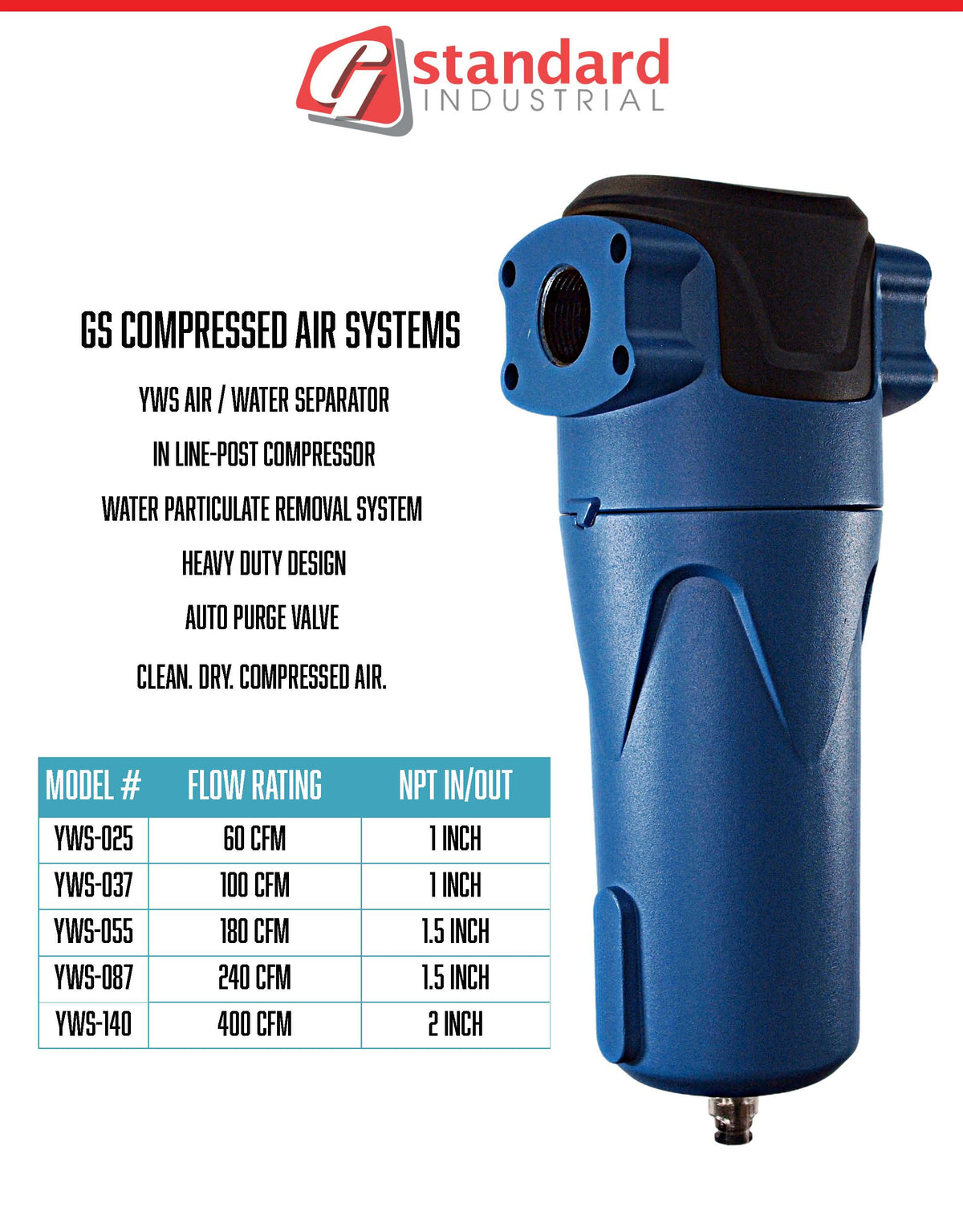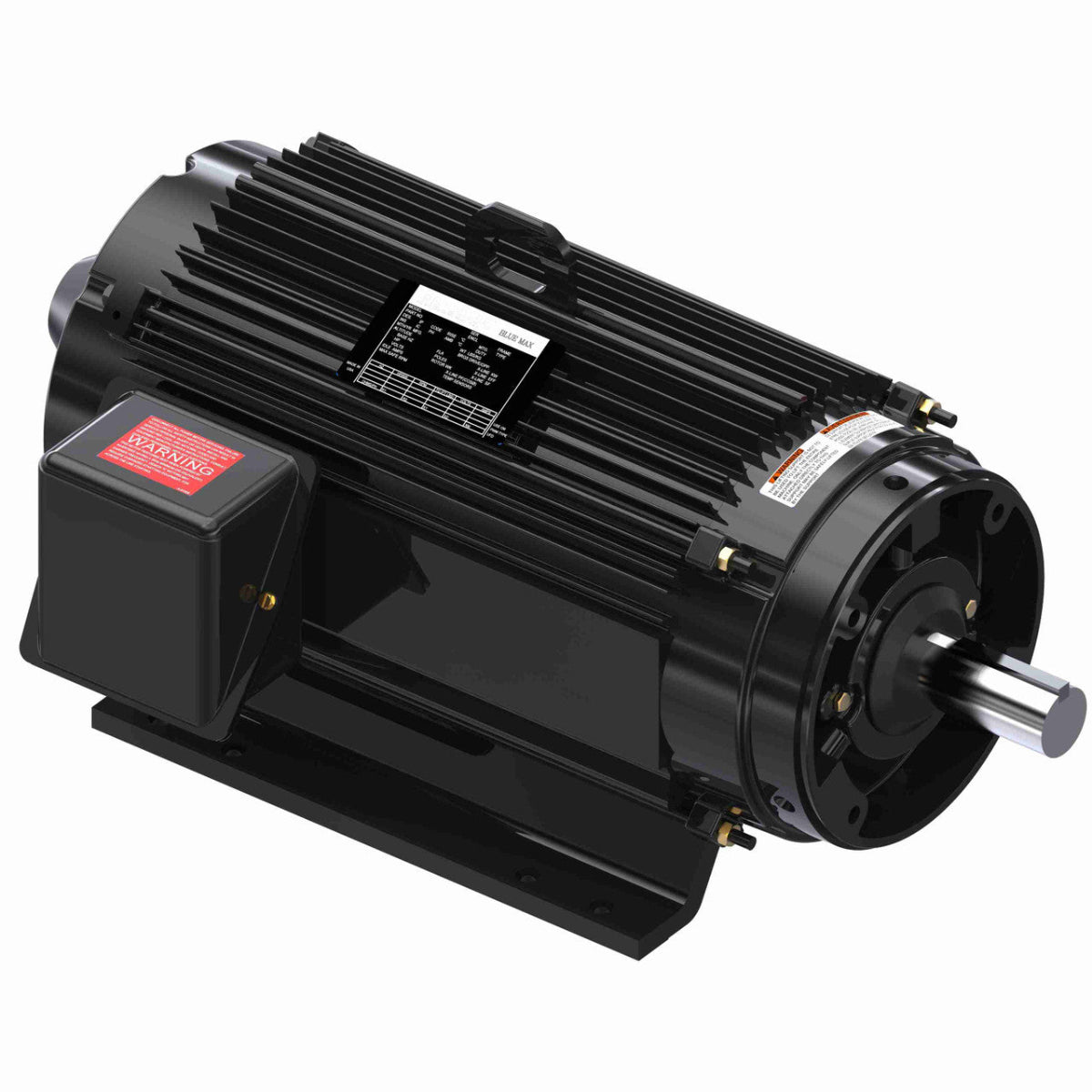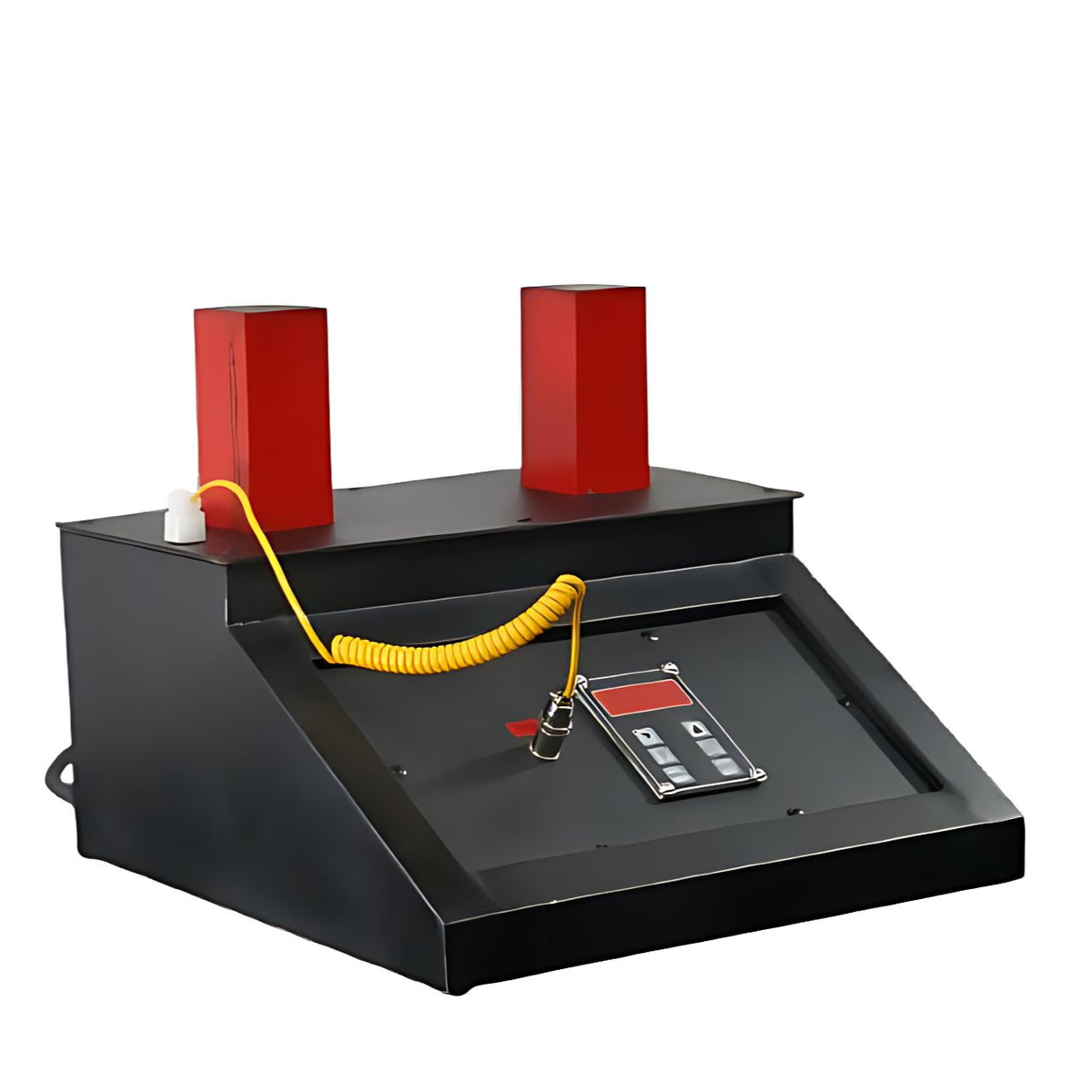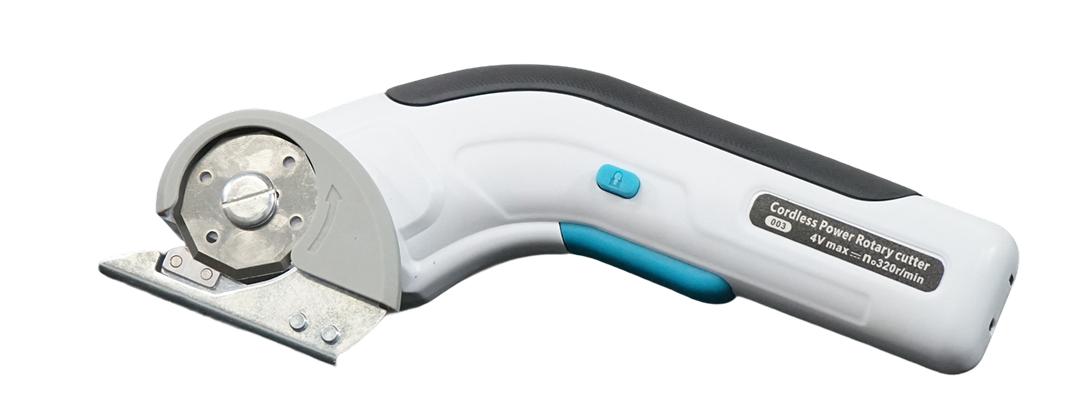Author: Industrial Compression Research Unit
Presented by: G Standard Industrial
The operation of a rotary screw air compressor is a continuous thermodynamic process that efficiently converts electrical energy (from an electric motor) into potential energy stored as pressurized air. The core mechanism involves a pair of male and female helical rotors housed within a precisely machined cylinder. Here is a detailed, step-by-step breakdown of the working principle, using the common oil-flooded model as an example:
Step 1: Intake and Trapping
The process begins as the electric motor drives the male rotor, which in turn drives the female rotor. As the rotors turn, their lobes unmesh at the air inlet end of the compressor. This creates a void and a reduction in pressure, causing atmospheric air to be drawn in through the intake filter. The air is trapped in the expanding volume between the rotor lobes and the compressor housing.
Step 2: Compression
As the rotors continue to rotate, the inter-lobe space travels axially along the length of the rotors. The meshing of the lobes at the discharge end progressively reduces the volume of the trapped air pockets. This reduction in volume, governed by the fixed built-in compression ratio of the rotors, compresses the air and increases its pressure significantly. This process adheres to the fundamental gas law known as Boyle's Law (P₁V₁ = P₂V₂), where pressure increases as volume decreases.
Step 3: Injection, Cooling, and Sealing (Oil-Flooded Models)
During the compression phase, lubricating oil is injected directly into the compression chamber. This injection is critical for three reasons:
-
Heat Removal: It absorbs the immense heat of compression (adiabatic heating), preventing damage to the rotors and housing.
-
Sealing: It seals the internal leakage paths (known as "blowholes") between the rotors and between the rotors and the housing, dramatically improving volumetric efficiency.
-
Lubrication: It lubricates the moving rotors and bearings.
Step 4: Discharge and Separation
The compressed air and oil mixture is forced out of the compression chamber through the discharge port. This hot mixture (typically 160°F - 200°F / 70°C - 95°C) then enters the oil separator vessel. Here, the bulk of the oil is removed by centrifugal force and impaction. The air then passes through a final separator element, which coalesces and removes the remaining oil aerosols down to very small particle sizes (e.g., 0.1 micron).
Step 5: Cooling and Recirculation
The now-clean, compressed air exits the separator but is still hot. It typically flows through an aftercooler (air-to-air or air-to-water heat exchanger) to reduce its temperature to within 10°F - 20°F (5°C - 11°C) of ambient temperature. This cooling condenses any remaining water vapor in the air, which must be removed by a downstream dryer or moisture separator. Meanwhile, the collected oil in the separator sump is passed through an oil filter and an oil cooler before being re-injected into the compression chamber, creating a closed-loop system.
This continuous rotary process results in a steady, pulsation-free flow of compressed air, making it exceptionally efficient for industrial applications. The precision engineering required for these components is a specialty of manufacturers like G Standard Industrial, ensuring each system operates at peak performance.
Sources for this Article:
-
Saidur, R., Rahim, N.A., & Hasanuzzaman, M. (2010). A review on compressed-air energy use and energy savings. Renewable and Sustainable Energy Reviews, 14(4), 1135-1153. https://doi.org/10.1016/j.rser.2009.11.013
-
Wikipedia contributors. (2024, February 10). Adiabatic process. In Wikipedia, The Free Encyclopedia. Retrieved from https://en.wikipedia.org/wiki/Adiabatic_process
-
Atlas Copco. (n.d.). The working principle of oil-injected screw compressors. Retrieved from https://www.atlascopco.com/en-us/compressors/wiki/compressor-air-knowledge/oil-injected-screw-compressor-element
-
Boyle's Law. (n.d.). In Britannica. Retrieved from https://www.britannica.com/science/Boyles-law
About G Standard Industrial:
G Standard Industrial is a premier manufacturer and distributor of industrial air solutions. Our core expertise lies in providing reliable and efficient rotary screw air compressors, complemented by a full range of support equipment including energy-efficient electric motors, refrigerant and desiccant air dryers, storage tanks, and filters. We also offer specialized pneumatic equipment like the Green Machine cardboard perforator to enhance sustainability operations. Trust our engineering expertise to design and supply a compressed air system that meets the specific demands of your industry.




0 comments